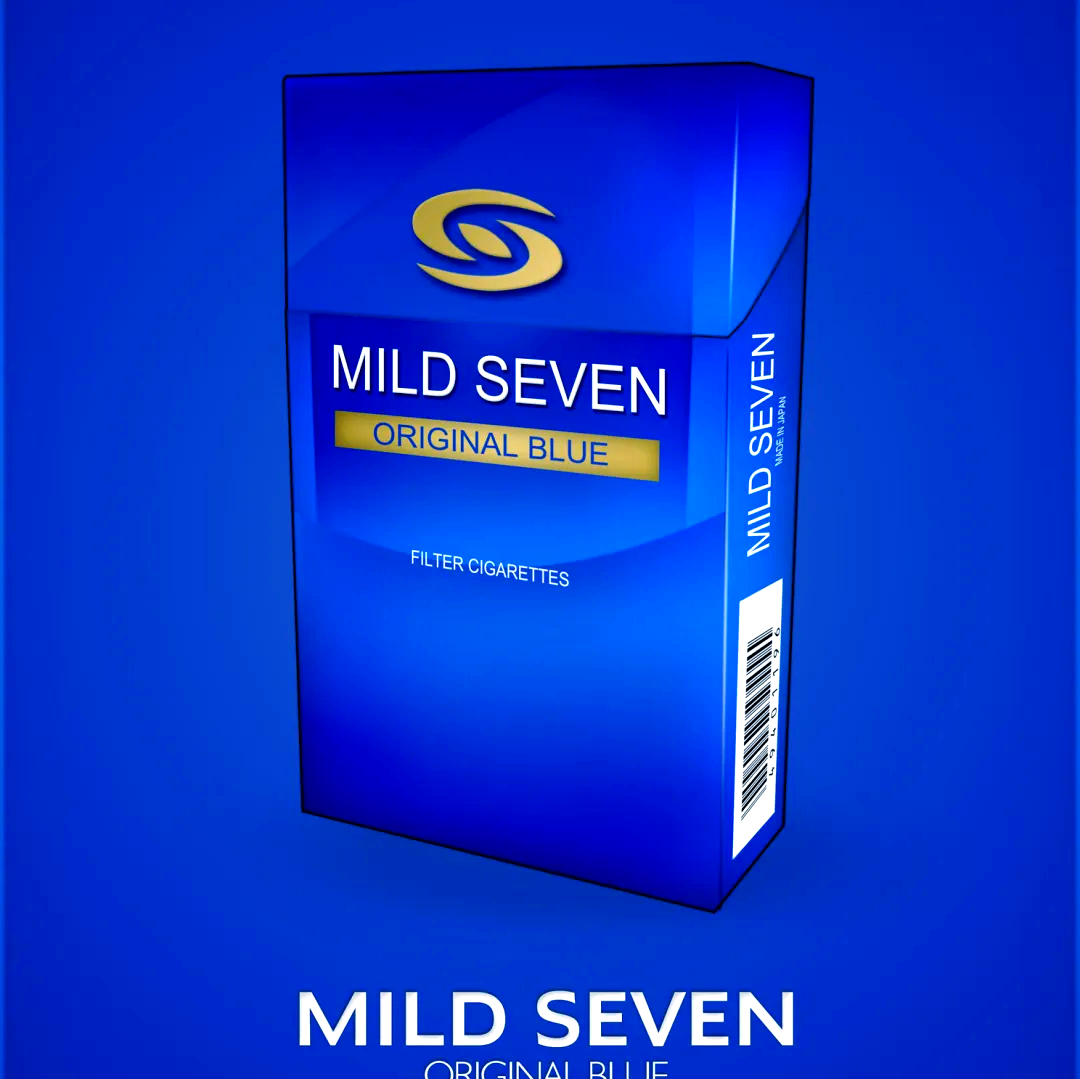Title: Tobacco Smoke Exposure Diminishes Drug Efficacy in Pediatric Recurrent Wheezing
Introduction

Recurrent wheezing is a common respiratory condition in children, characterized by frequent episodes of whistling sounds during breathing, often associated with asthma or viral-induced respiratory illnesses. The management of this condition typically involves the use of bronchodilators and anti-inflammatory medications to reduce airway inflammation and bronchoconstriction. However, a significant and often underappreciated factor that can severely compromise the effectiveness of these treatments is exposure to tobacco smoke. This article explores the mechanisms by which tobacco smoke reduces the efficacy of pharmacological interventions in children with recurrent wheezing, the clinical implications, and the urgent need for comprehensive environmental control measures.
The Pathophysiology of Recurrent Wheezing and Tobacco Smoke Impact
Pediatric recurrent wheezing is primarily driven by airway inflammation, hyperresponsiveness, and remodeling. Inhaled corticosteroids (ICS) and short-acting beta-agonists (SABAs) are cornerstone therapies. ICS reduce underlying inflammation, while SABAs provide quick relief by relaxing airway smooth muscle.
Tobacco smoke, whether from active smoking or secondhand exposure, introduces over 7,000 chemicals, including nicotine, carbon monoxide, and oxidative stress-inducing agents like reactive oxygen species (ROS). These components interact detrimentally with the respiratory system and the drugs used to treat it.
Mechanisms of Reduced Drug Efficacy
-
Altered Drug Metabolism and Pharmacokinetics: Tobacco smoke is a potent inducer of hepatic cytochrome P450 enzymes, particularly CYP1A1 and CYP1A2. These enzymes are responsible for the metabolism of many drugs, including systemic corticosteroids. Enhanced metabolism leads to faster clearance of these medications from the body, resulting in subtherapeutic drug levels at the target site—the airways. This means a standard dose may be effectively lower for a child exposed to smoke, reducing its anti-inflammatory effect.
-
Increased Oxidative Stress and Inflammation: The oxidative stress from tobacco smoke creates a pro-inflammatory environment that overwhelms the anti-inflammatory capacity of standard ICS doses. The smoke stimulates the release of pro-inflammatory cytokines (e.g., IL-8, TNF-α) and recruits neutrophils, creating a different and more resistant inflammatory phenotype compared to the eosinophilic inflammation typically targeted by ICS. This necessitates higher drug doses to achieve the same level of control, increasing the risk of side effects.
-
Downregulation of Glucocorticoid Receptors: Glucocorticoids exert their effect by binding to glucocorticoid receptors (GR) in the cytoplasm of airway cells, which then translocate to the nucleus to suppress inflammatory genes. Studies have shown that oxidative stress from tobacco smoke can impair GR function through post-translational modifications. This reduces the receptor's ability to bind to corticosteroids and its transcriptional activity, leading to glucocorticoid resistance. The drug is present, but the cellular machinery to respond to it is dysfunctional.
-
Mucociliary Dysfunction and Altered Drug Deposition: Tobacco smoke paralyzes and destroys the cilia lining the airways and stimulates mucus hypersecretion. This impairs the lung's innate clearance mechanism, leading to mucus plugging. This altered airway environment can physically trap inhaled medications like ICS and SABAs, preventing them from reaching their intended targets on the airway epithelium and smooth muscle. The drugs are therefore less effective at delivering their therapeutic effect.
-
Modification of Airway Architecture: Chronic exposure to tobacco smoke in children can accelerate airway remodeling—thickening of the airway wall, increased smooth muscle mass, and subepithelial fibrosis. These structural changes cause irreversible airflow limitation that is less responsive to bronchodilators like SABAs. The wheezing becomes not just functional but also structural, making it harder to treat with conventional drugs.
Clinical Implications and Evidence
The clinical evidence supporting this diminished efficacy is compelling. Multiple cohort studies have demonstrated that children with asthma or recurrent wheezing who are exposed to tobacco smoke have:
- Poorer symptom control and increased day- and night-time symptoms.
- More frequent exacerbations requiring oral corticosteroids or emergency department visits.
- Reduced lung function measures (e.g., FEV1) compared to non-exposed children on similar medication regimens.
- A decreased response to both reliever and controller medications, often leading to a requirement for step-up therapy.
This creates a vicious cycle: the drugs don't work as well, leading to poorer control, which leads to higher drug prescriptions and increased healthcare utilization, all while the root cause—smoke exposure—persists.
Conclusion and Future Directions
The reduction of drug efficacy in pediatric recurrent wheezing due to tobacco smoke exposure is a serious public health and clinical challenge. It is not merely a matter of worsened symptoms but a fundamental alteration of the disease pathophysiology and its response to treatment. This underscores the fact that pharmacology alone cannot overcome the detrimental effects of a toxic environment.
Addressing this issue requires a multi-faceted approach:
- Aggressive Smoking Cessation Counseling: Pediatricians must routinely screen for tobacco smoke exposure and provide strong, unequivocal counseling on cessation for parents and caregivers. Framing it as rendering their child's expensive medications "less effective" can be a powerful motivator.
- Environmental Control Policies: Strengthening public policies that promote smoke-free homes, cars, and public spaces is crucial to protect vulnerable children.
- Personalized Treatment Plans: Clinicians may need to consider more aggressive or alternative treatment strategies for children with known smoke exposure who are not responding to standard therapy, while always emphasizing that the primary intervention is removal of the exposure.
Ultimately, the most effective "adjuvant therapy" for a child with recurrent wheezing who is exposed to tobacco smoke is a smoke-free environment. Ensuring this is the foundation upon which all pharmacological interventions can truly succeed.
Tags: #PediatricAsthma #RecurrentWheezing #TobaccoSmoke #SecondhandSmoke #DrugEfficacy #Pharmacology #GlucocorticoidResistance #RespiratoryHealth #PublicHealth #ChildrensHealth













